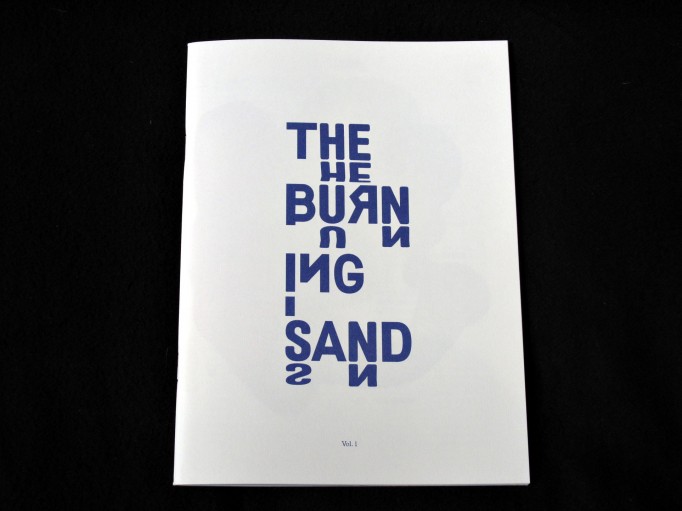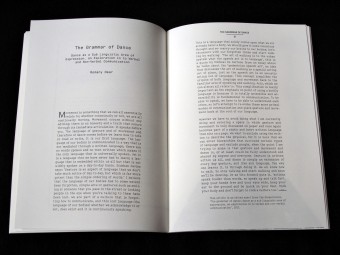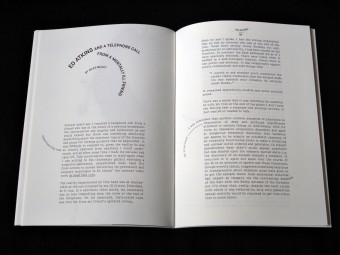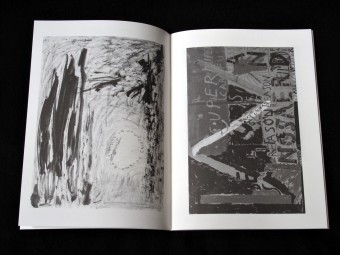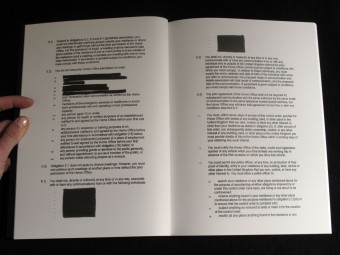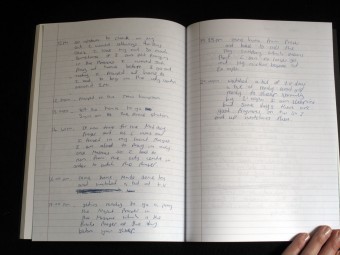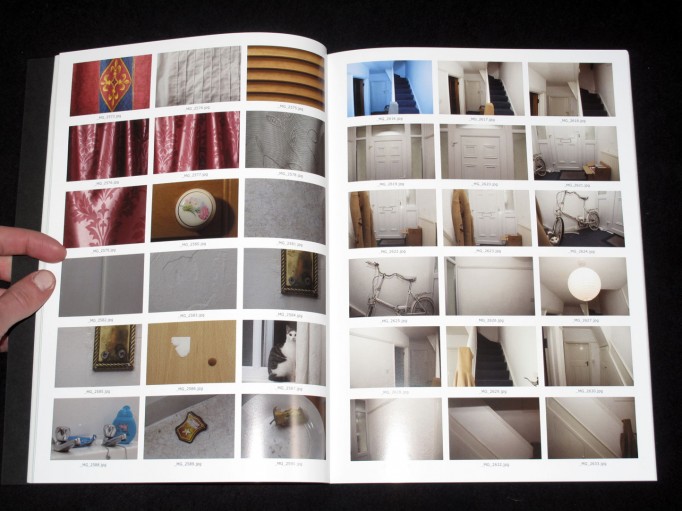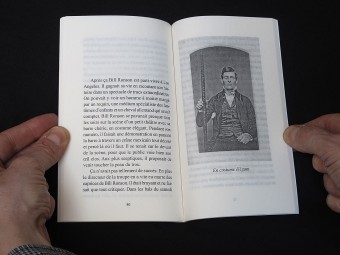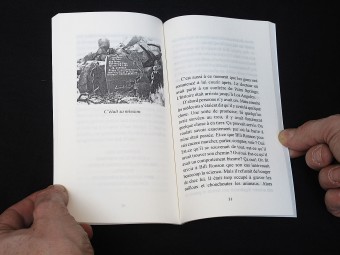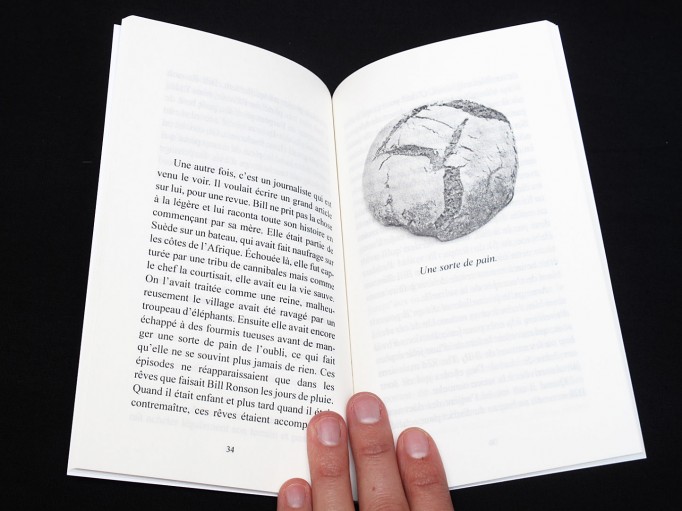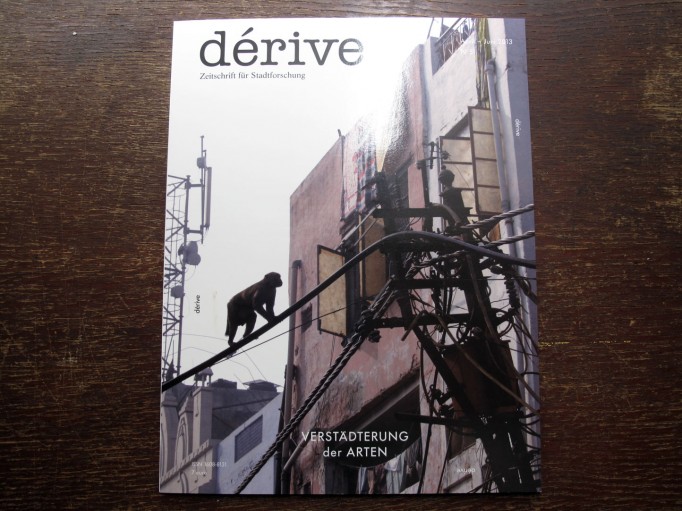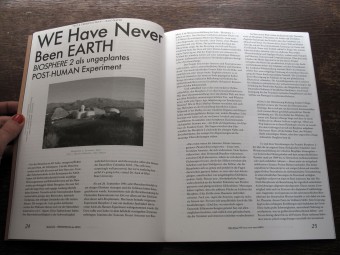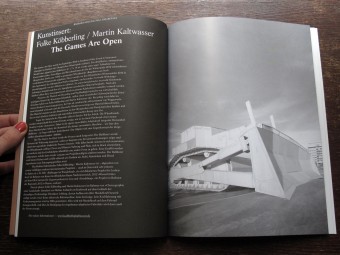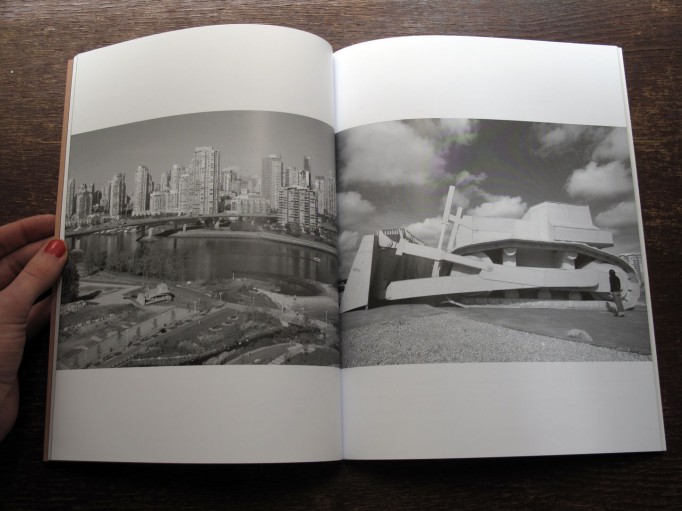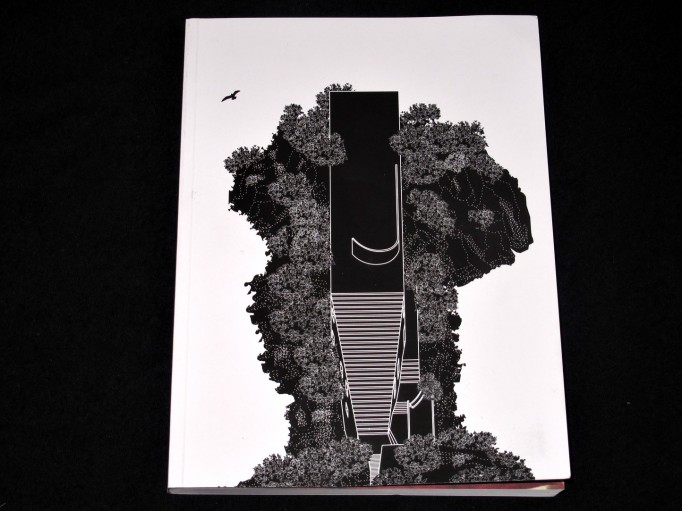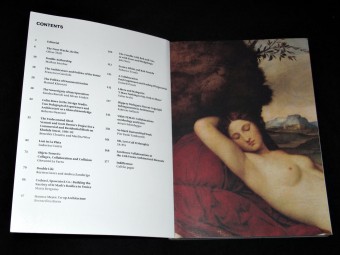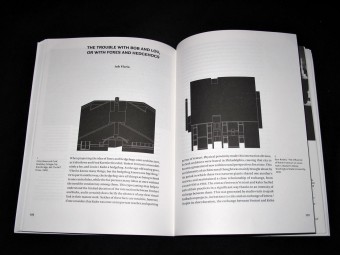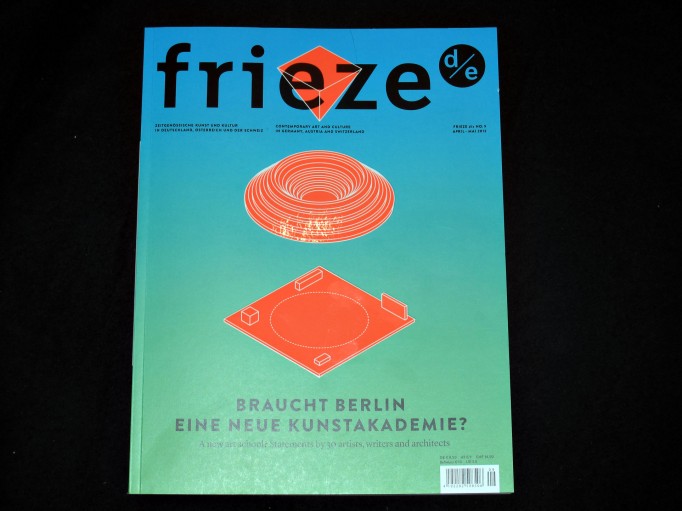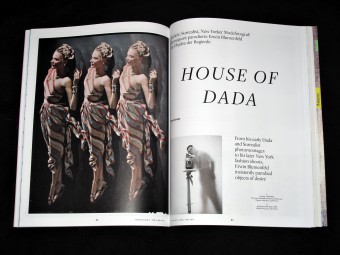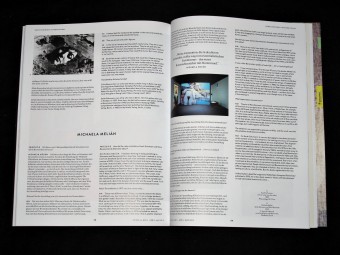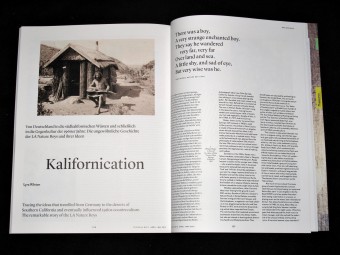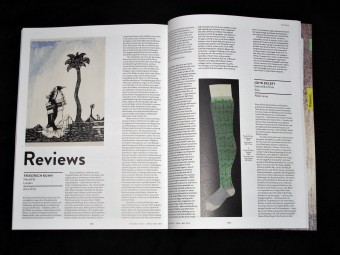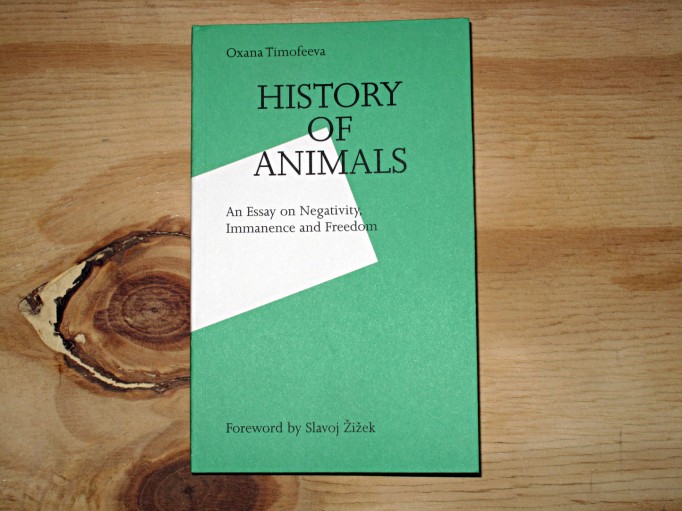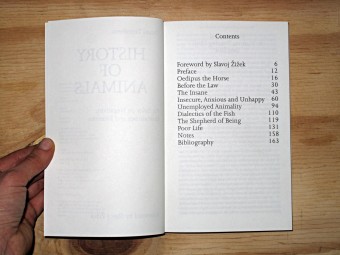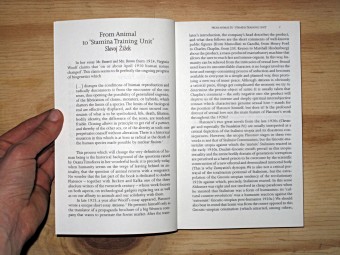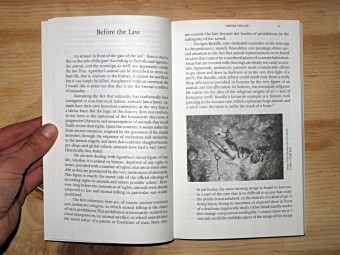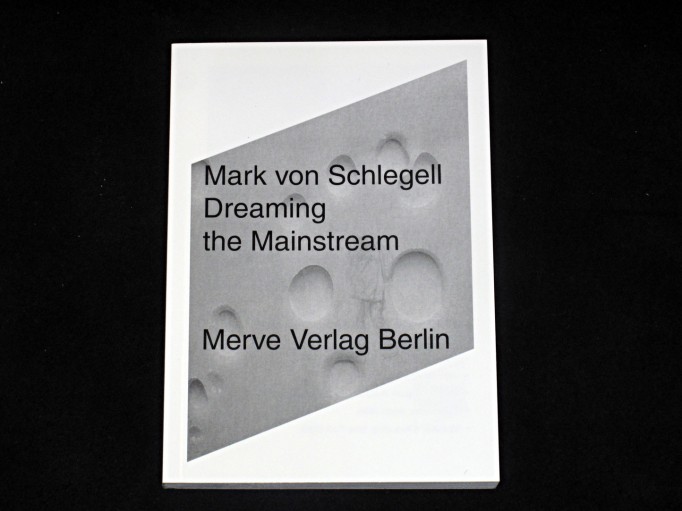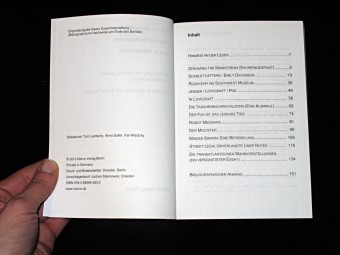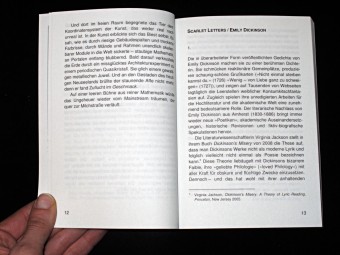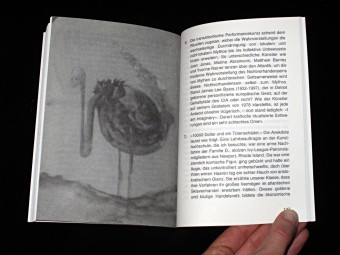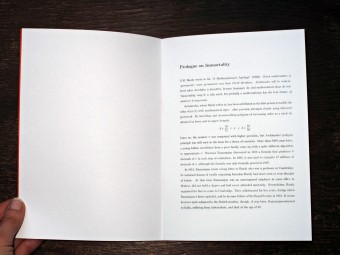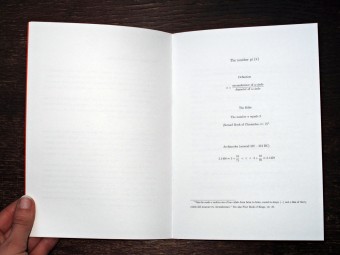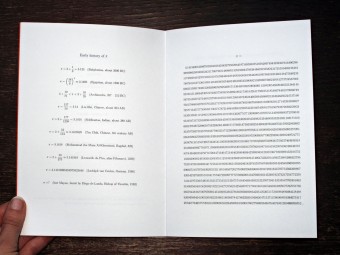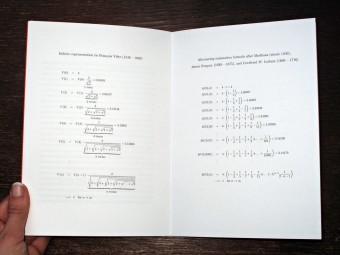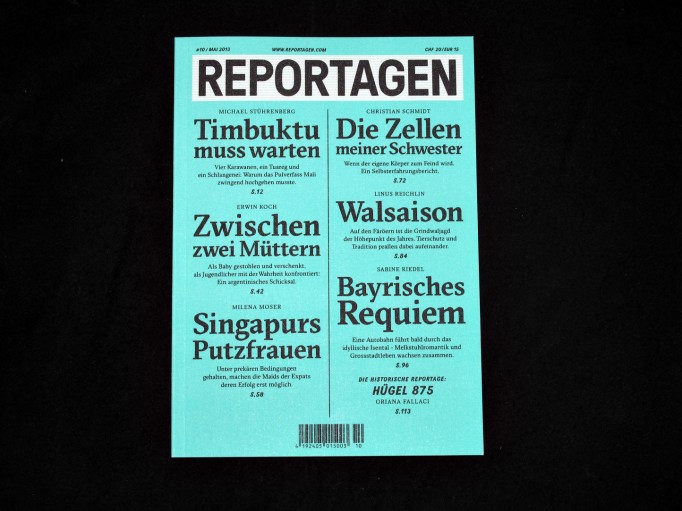
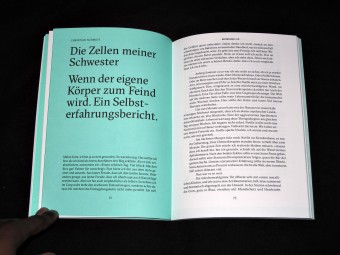
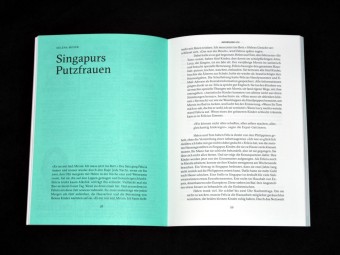
Die Kurzfassung des Inhaltes:
– Timbuktu muss warten: Vier Karawanen, ein Tuareg und ein Schlangenei: Warum das Pulverfass Mali zwingend hochgehen musste.
Von Michael Stührenberg
– Zwischen zwei Müttern: Als Baby gestohlen und verschenkt, als Jugendlicher mit der Wahrheit konfrontiert: Ein argentinisches Schicksal.
Von Erwin Koch
– Singapurs Putzfrauen: Unter prekären Bedingungen gehalten, machen die Maids der Expats deren Erfolg erst möglich.
Von Milena Moser
– Die Zellen meiner Schwester: Wenn der eigene Körper zum Feind wird. Ein Selbsterfahrungsbericht.
Von Christian Schmidt
– Walsaison: Auf den Färöer-Inseln ist die Grindwaljagd der Höhepunkt des Jahres. Tierschutz und Tradition prallen dabei aufeinander.
Von Linus Reichlin
-Bayrisches Requiem: Eine Autobahn führt bald durch das idyllische Isental – Melkstuhlromantik und Grossstadtleben wachsen zusammen.
Von Sabine Riedel
-Hügel 875: Die historische Reportage – von 1930
Von Oriana Fallaci
-Autorin im Gespräch: Milena Moser
-Das Objekt: Am Anfang dieser kleinen Reportage steht die Welt. Genauer gesagt: ein 450-jähriger, über zwei Meter hoher Globus, der im Landesmuseum Zürich zu sehen ist. Unser Autor Urs Mannhart, der gerne musealen Gegenständen nachspürt, landete auf den Spuren dieser Erdkugel hinter dicken Klostermauern – und stiess auf einen zähen, interkantonalen Streit und eine handwerklich bestrickende Schöpfungsgeschichte.
Von Urs Mannhart
-Keine Geschichte: Er gilt als der Billigste der Stadt. 25 Franken kostet ein Haarschnitt, dazu gibt es Tee und Stille. Die Angestellten, die gerade keine Kundschaft haben, sitzen in Lederstühlen und blicken zum Flachbildschirm, der seit neun Jahren an der Decke hängt und das neuste Gerät ist in Coiffeur Salehs Laden an der Josefstrasse 141, Kreis 5, Zürich, 30 Quadratmeter Syrien, 3000 Kilometer von Syrien entfernt.
Von Florian Leu
-Claudio Calabrese: Am 3. März haben wir es der Welt wieder einmal gezeigt. Das Schweizer Stimmvolk hat die Abzocker aus den Chefetagen der Grosskonzerne in die Schranken gewiesen, sie Mores gelehrt. Die direkte Demokratie zeigte ihre Zähne. Fast jeder und jede dritte Stimmberechtigte stimmte für die Initiative von Mundwassermann Minder. Ex-Botschafter Borer attestierte den Schweizern danach im «Spiegel» ein «sehr grosses Gerechtigkeitsgefühl». Wir sind das einzig wahrlich souveräne Volk der Welt. Müsste man meinen.
Von Claudio Calabrese
Editor: Daniel Puntas Bernet
Language: German
Pages: 144
Price: €15.00
Buy it

